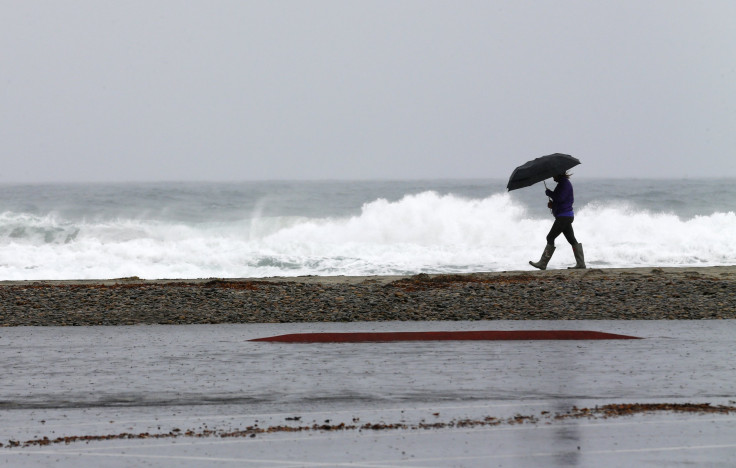Sea-Level Rise, Heavy Rainfall And Storm Surge: The 'Triple Threat' That Might Devastate Coastal US Cities

Nearly 40 percent of America’s population, including those living in some of its biggest cities, is facing the threat of serious floods caused by a “triple threat” of sea-level rise, storm surge and heavy rainfall, according to a study published in the journal Nature Climate Change. The combination of these phenomena can potentially result in “compound flooding” that can devastate several low-lying, densely populated coastal areas in the country.
While several studies have, in the past, examined the correlation between sea-level rise and an increase in floodings, the latest study is the first to explore the connection between the primary and secondary effects of climate change.
“When storm surge and heavy precipitation co-occur, the potential for flooding in low-lying coastal areas is often much greater than from either in isolation,” the study warned. However, even now, “long-term sea level rise is the main driver for accelerated flooding.”
The researchers sifted through historical data of precipitation, tide levels and hurricane tracks to identify instances when heavy precipitation and storm surges occurred at the same time. This revealed a significant correlation between these factors along the Gulf of Mexico and Atlantic coasts, where compound flooding events are now happening more frequently than ever before.
In New York City, for instance, the risk of flooding from a combination of factors outlined in the study have doubled over the past 60 years, the researchers found.
“If sea levels continued to rise, this would certainly have an effect on storm surges, and storm surges have an effect on compound flooding,” Thomas Wahl, from the University of South Florida and the lead author of the study, told the Guardian.
This means that even without a drastic rise in sea levels, severe floods and storms would become more frequent, bringing the effects of climate change right into U.S. coastal cities, where nearly 40 percent of the American population resides. And, if the worst-case prediction of a sea-level rise of over 20 feet comes to fruition, the consequences are likely to be near-catastrophic.
Since records began in 1880, global temperatures have risen by 1.4 degrees Fahrenheit. And, over the last 100 years, the global average sea level has gone up by seven inches. This rise is likely to accelerate in the coming decades as Antarctica’s floating ice shelves -- which act as doorstops and hold back its glaciers and ice sheets from spreading outward into oceans -- continue to melt.
© Copyright IBTimes 2024. All rights reserved.






















